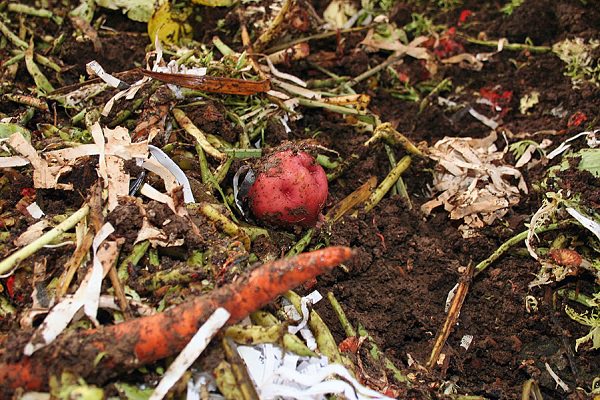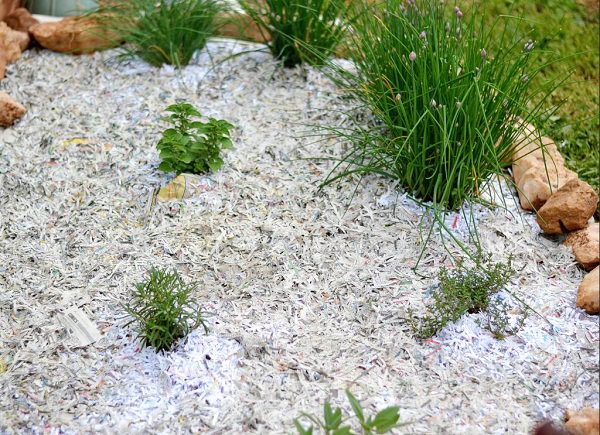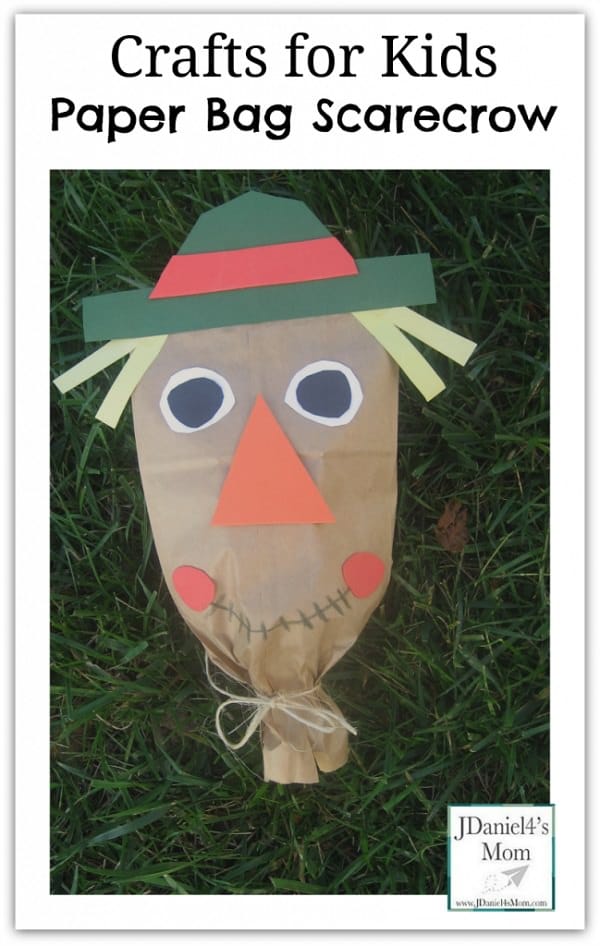What a fab way to eliminate unused papers. Here’re 9 ways to use Shredded Paper in the garden. Check out!
1. Hilling Potatoes
When grown in a barrel or grow bag, potatoes have to be hilled up by the addition of loose organic material, such as soil or compost. This is essential as potatoes form the underground part of the plant, so when you hill them, you elongate the underground portion effectively and stimulate productivity. Additionally, hilling triggers potato tubers to grow broad and far down and encourages nascent potatoes to grow over maturing ones. Increased depth causes an improvement in flavor. One way to hill them up is by scooping up the soil and pressing it along the underground stems. Alternatively, you can use heaps of shredded paper as compost to sprinkle over the tubers.
2. Make Seed Starters
Starting your seeds indoors is a good idea before exposing them to the rigors of changing climate outside. A homemade seed starter can be anything, from a plastic cup to a citrus rind. Even cups made from shredded paper pulp serve the purpose well. Find the tutorial here!
Also Read: DIY Seed Starting Hacks
3. Insect Repellent
Who knew paper could repel insects! Well, paper in itself cannot do much to discourage those annoying pests, but when you dip them in essential oil, their efficacy is heightened. To create a wide-spectrum repellent that is effective against all insects, mix equal proportions of peppermint, rosemary, basil, thyme and clove oils (roughly ten drops of each) and spray it on a heap of shredded paper. Keep this arrangement in your flower bed to get rid of creepy, crawly pests. Being a natural resource, paper is easily compostable and does not damage your crops in any way.
4. Composting
This makes it a suitable candidate for the compost bin. For best results, mix equal proportions of shredded paper and straw (or grass) in a homogeneous blend. This will be degraded as easily as green waste. Just keep three things in mind: First, the grass: paper mixture should be free of moisture, else that can cause the paper bits to stick with each other and limit oxygen diffusion in the process. Second, don’t use the excess of shredded paper as it causes high carbon: nitrogen ratio and thus, too much of it can hamper plants’ growth. Third, it’s safest to use shredded paper made from newsprint or home-printed documents, as opposed to shiny and colored paper.
5. Bottom Layer for Bean & Pea Trenches
The exceptional water absorbent features of paper make it capable of promoting the growth of nascent crops. Legumes like peas and beans are generally sown in trenches to encourage the growth of longer roots and consequently, more harvest. Adding shredded paper to the bottom of these trenches is a nice way to increase moisture retention, as that is the layer where the plants’ roots absorb water. This small measure can help you make the most of your waste paper while reducing the probability of over-watering. Just ensure to keep the paper bits moist so that the plants get a sufficient supply and thrive well.
6. Mulching
As a gardener, a major part of your efforts goes into protecting your garden from potential hazards like pests, weeds, and damaging weather effects. Shredded paper can help you in this as it is an effective mulching material. Just use a decent amount of paper bits to cover. This will help retain soil moisture, restrict weed growth, maintain optimal soil temperature and improve fertility in general.
7. Stuff in Scarecrows
Birds that feast on new seedlings and ransack your garden can be a nuisance. One effective way to deter your feathery them is by setting up scarecrows at strategic points in the garden. Repurpose your old clothes and some straw to build your own scarecrow, and use shredded paper to design the face. The combination of a human-like figure and bright, menacing facial features will immediately chase away those pesky birds. Not only this, that will look good too. Get the tutorial of this cool craft here.
8. Base for Garden Bed
A no-dig vegetable garden is a great idea for cultivating sites that have poor soil or intrusive weeds. This involves leaving the soil unturned or untilled by filling out the gaps and smoothing out the bumps with layers of organic matter. You can use soil, sand or any other carbon material at hand, such as leaves, jute or twigs for this purpose. Alternatively, you can use shredded paper as well. In fact, this is one of the most underrated shredded paper uses in the garden. It rots down easily, thereby enriching the soil with nutrients and aiding it the development of worm communities that enhance crop growth.
9. Protect Seedlings
Birds may add a cheerful splash of colors to your drab garden in winter, but during the growing season these seemingly harmless creatures turn around and become destructive pests that often munch on seedlings as soon as they come out of the soil. Adding a small amount of shredded paper over newly sown seeds can allow your precious saplings to thrive. Just make sure to use black-and-white paper for making the shreds.
Types of Paper to Use
Plain papers and those printed with soy inks are safe, i.e. newspapers. Slick papers, gloss, and cellophane must be avoided.









Good tip. Useful in gardening for compost and mulching..
When used as a top mulch, how do you keep it from blowing away on windy days?
take your hose nozzle and give it a little spray down thats what I do
Does this mean you can’t use paper that has printer ink on it?
I was thinking of using all my paper bills that I shred will they be ok.